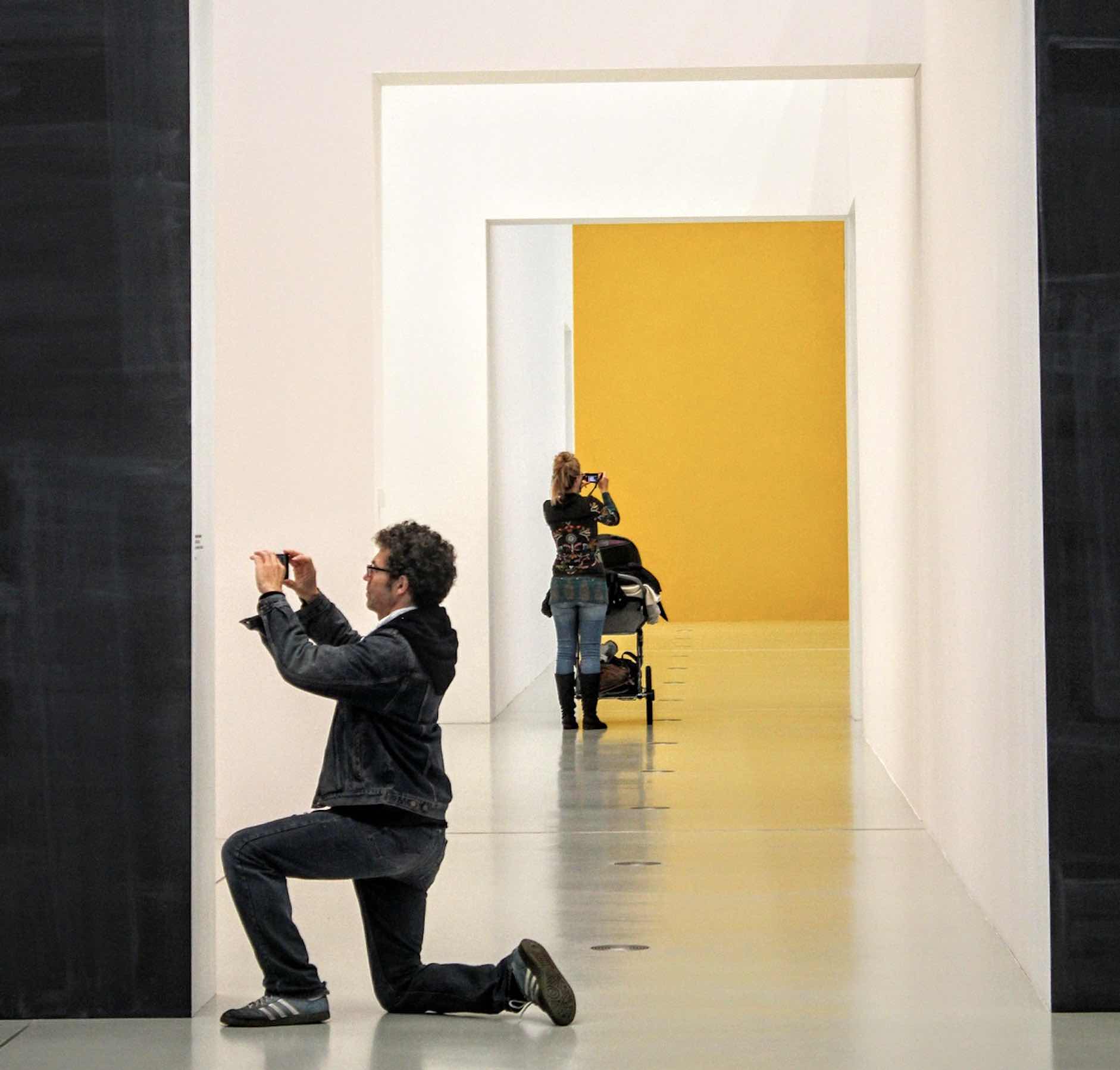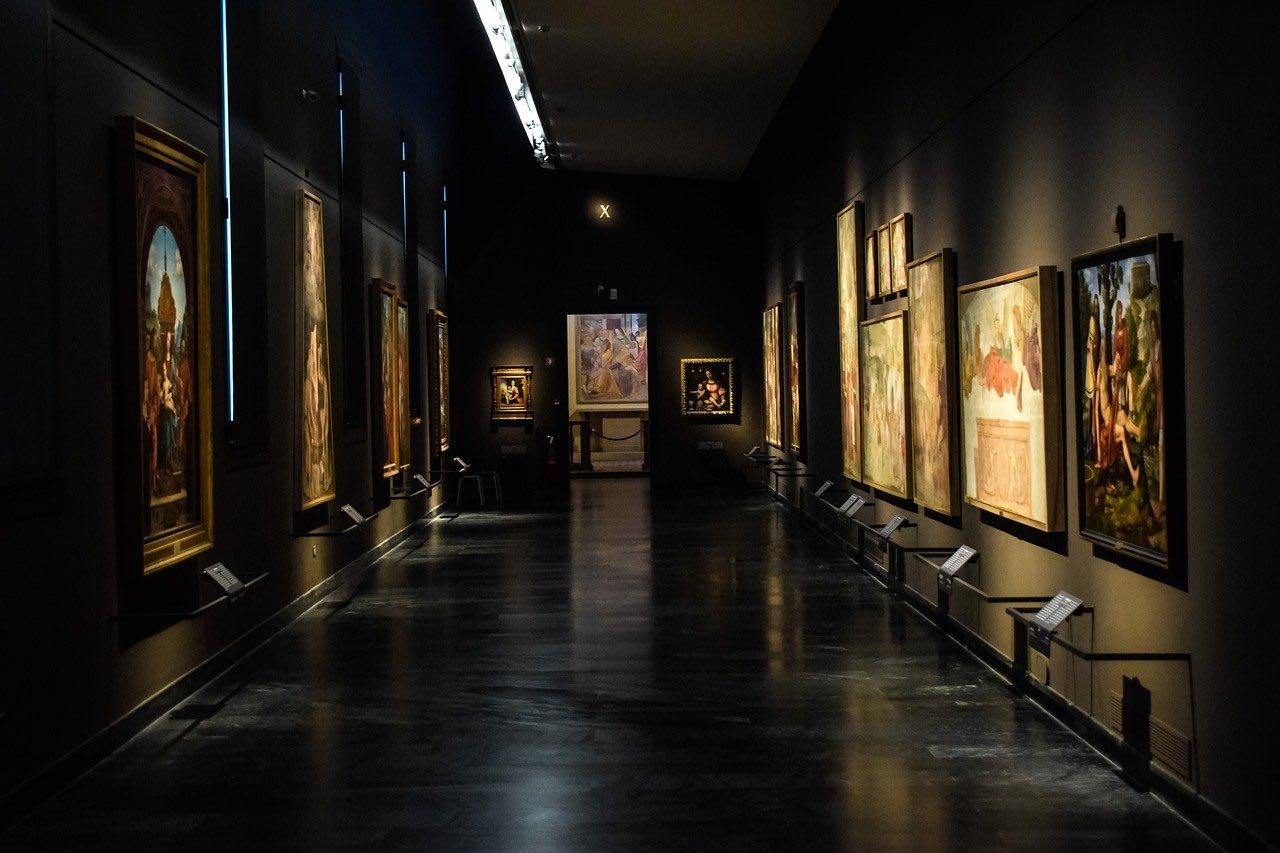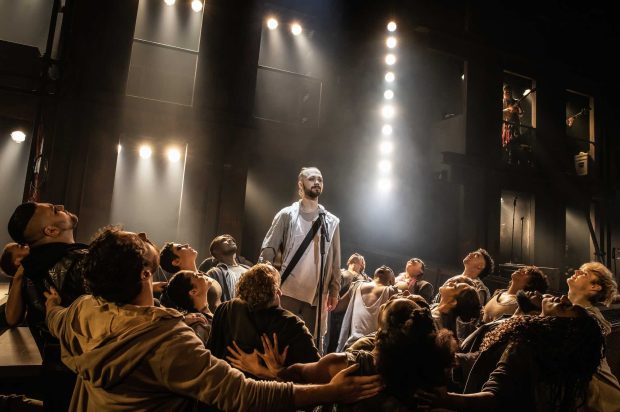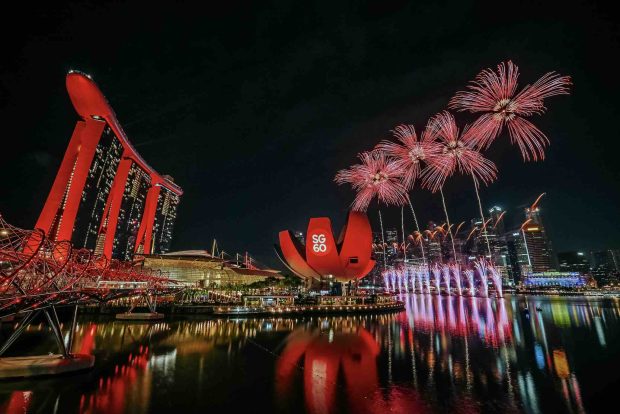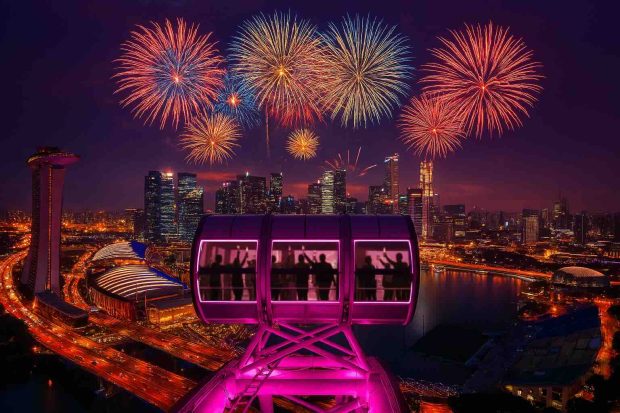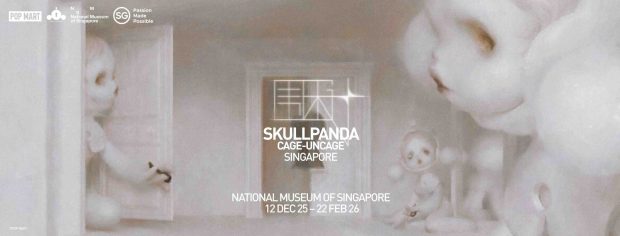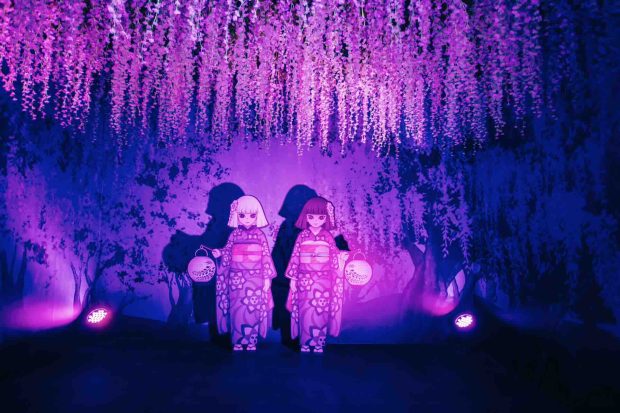Western art bends back to the 19th century when cowboy paintings and western paintings narrated their share of stories through figurative and landscapes. The wild west art encompasses a clear picture of the plight of men, women, and children during that time.
Some artists recreated the glorious visuals seeking inspiration from historic accounts, battles, and treaties. While some painted their canvas with the impacts of all the sufferings caused to the common men. But, what remained core to both feelings is that wild west art evolved better than anyone could ever imagine.
So, here is a brief account of such delightful wild west art paintings, each one narrating its own emotional story. Some of them bring figurative, representing cowboys and landscapes to the contemporary arena while some are just an artist’s imagination to survive the tough times. Scroll down to know more about these cowboy paintings and wild western paintings
The Fall of The Cowboy
The Fall of The Cowboy is one of the most famous cowboy paintings of all time. It was painted in the year 1895 and is an oil-on-canvas that reflects the glimpses of life in the American West when situations were different from what they are now.
This Wild West painting sketches how the contemporary North experienced the rough and tough times of the wild South. It is an evocative document of the debris of heroic brave people facing tragic circumstances in life, denied the freedom to move freely.
The painting speaks of rural reality filled with trials and struggles battling for survival in a fast-modernizing nation. The artist showcases in it the men who wish to cross a wire fence but are impeded by the demarcation of land, property, and boundaries.
This legendary wild west art was a cultural symbol of the impact the American Civil War had on common men and women. This canvas was so relatable to the plight of the common household and it communicated their story better than words could. That’s why The Fall of The Cowboy gained such immense popularity and remains one of the iconic Wild West paintings.
Fight For The Waterhole
The forefather of old west art, Frederic Remington inspired many young artists including Charles Marion Russell with his western painting style. Fight For The Waterhole is yet another classic that falls into his list of unrealistically beautiful Wild West paintings.
This oil on canvas is a masterpiece with an epic rendition, based on the imaginative theme of “Fight to Survive”. There are five stereotypical characters (cowboys) fighting against the dry banks of a waterhole. The descriptive scene entails rifles ready for an attack, launched by Plains Indians that can horseback in the distance.
There is only a little water left to drink as the counties surround the lower area around the waterhole. The paintings’ insights tell us that the cowboys are not only just trying to save their basic necessities as water but also their livelihood, and the only mode of transportation, the horses to gap their distances in the future.
The illustrations of the painting clearly highlight the situation of cowboys that have come across the depths of a tough survival in the arid desert. Also, it was Remington’s imagination and creative curiosity that have helped the old western art take a solid shape through artworks like Fight For The Waterhole.
Modern Comanche
Modern Comanche is an oil on canvas painted in 1890, in which the artist portrays the Native American in bright light. In this Wild West art, the artist employs ingenious play of colours and lighting to cast a strong impression of the rider’s facial features.
The rider looks completely sunburnt and haggard, even when he isn’t suffering from any misfortune. It was just a common depiction of Native Americans where they have been shown as naturally suffering people.
On the contrary, the artist has showcased the rider with European clothing which resembles the title of the painting, an intriguing modern look. It gives an idea that civilized Native Americans have adapted and absorbed the flabbergasted American culture and customs.
This painting somehow remains a question to curious artist minds because the meanings arising out of the character’s portrayal are blurred and diluted. It forces the viewers to question whether the painter painted “what he knew” or “knew what he painted”!
The Bottom Line
The old western paintings are the actual flames that still light up the emotional connection of what people faced during that time. While many of these paintings are imbibed from real-life instances, some still come from an artist’s imagination. Nevertheless, they still are one of the legendary west art paintings that history still possesses.

